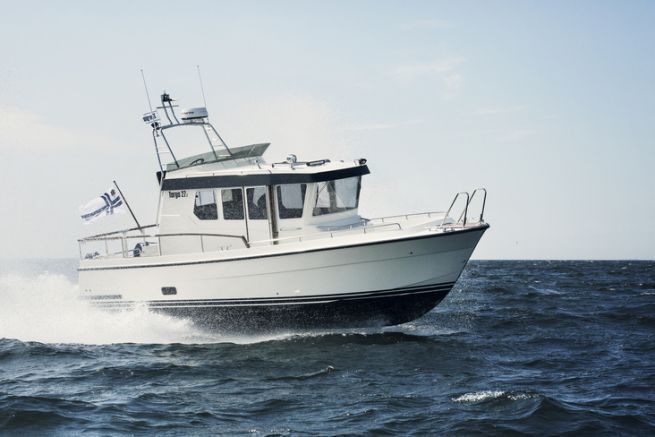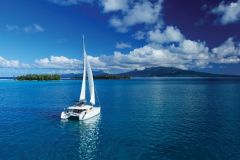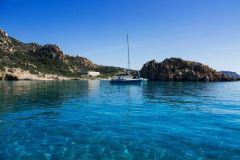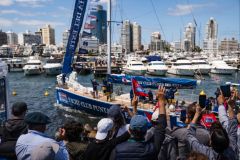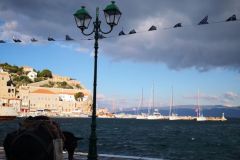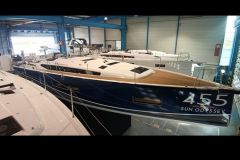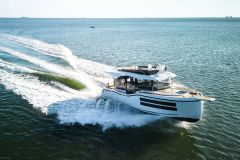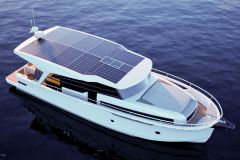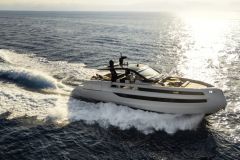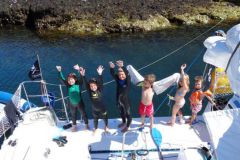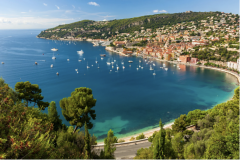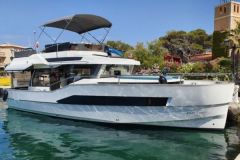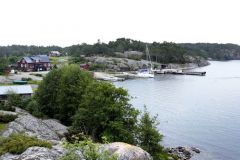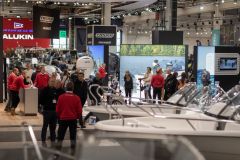Finnish know-how
Founded in 1976 on the Gulf of Bothnia, the Botnia Marin shipyard began its career by producing small sailboats, the HF and NF, which have each been produced in a thousand units.
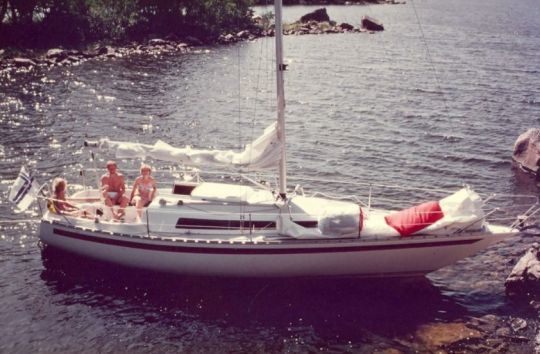
In 1984, the shipyard acquired the rights to produce the Targa stars, starting production of the "25", whose design was radically different from the competition.
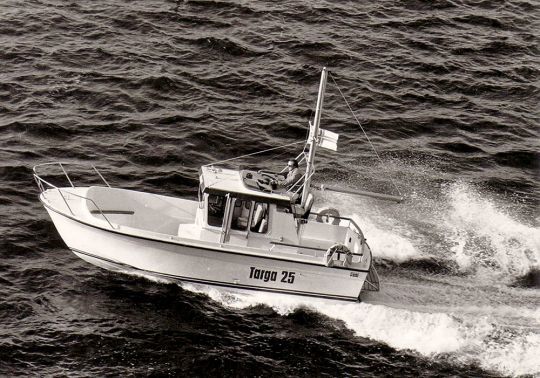
A Targa boat is characterized by a walkaround cockpit, a large central wheelhouse with an inverted windshield, wide gangways and a very defended hull with a deep V. This DNA, decried at the beginning, has finally convinced a demanding clientele wishing to sail in all conditions.
This popularity encouraged the shipyard to develop larger models in the following years, with the release of 27, 29 and 33 footers.
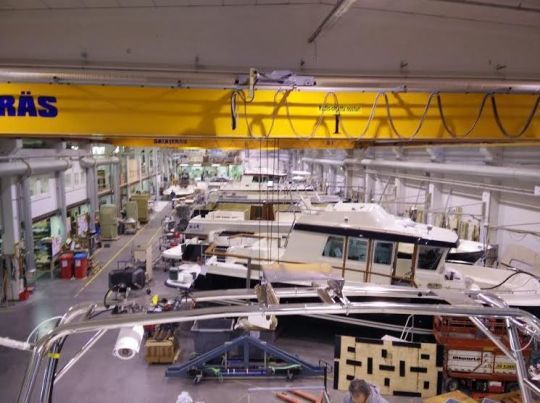
In 1997, Botnia is equipped with a new production tool fitted out on 4000 m², which will be enlarged again in 2002.
In 2004, the shipyard improves its industrial process by producing its first hull in infusion, for the Targa 42. In spite of a physical work boat, the shipyard knew how to make its productions evolve by developing the comfort on board, in particular by improving the arrangements and the comfort of its cabins.
Today, the shipyard employs 250 people and produces about 100 units per year.
A small yacht dedicated to coastal cruising or sport fishing
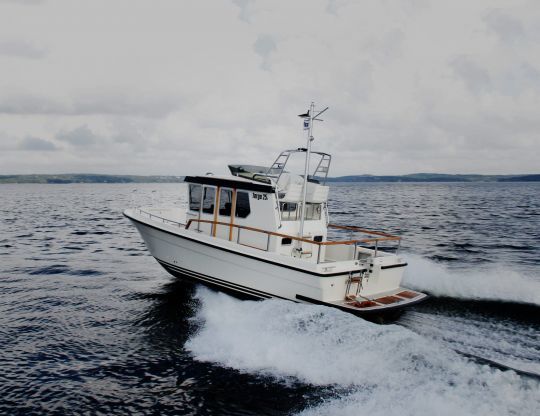
Available in outboard or inboard (Z-Drive or IPS) versions, Botnia Marin offers a range from 23 to 46 feet.
The shipyard offers nine different models, available in three versions. The Original, equipped with a cockpit on the fly, is available from 25.1 to 46. The "Coupé" without flybridge is proposed from 23.1 to 46, while the fishing version - the Tarfish - is proposed in the smallest sizes of the yard
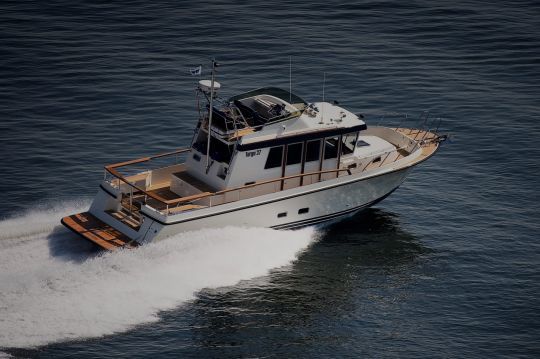
The models from 23 to 30.1 are available in either outboard or inboard versions.
The Targa 27, an emblematic model
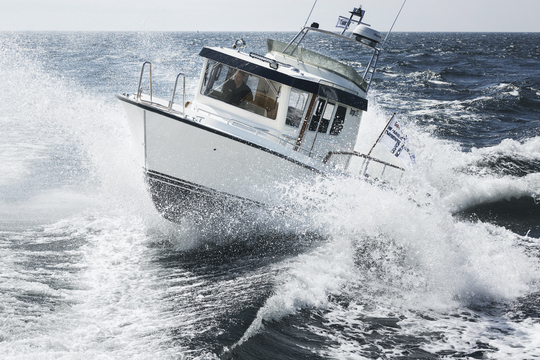
With more than 400 sold since its launch in the early 1990s, the "27" is the shipyard's best-seller. With its timeless style and undeniable marine qualities, it represents the ideal size to vary the different programs. The "27" has undergone slight evolutions throughout its career, in order to improve its habitability.
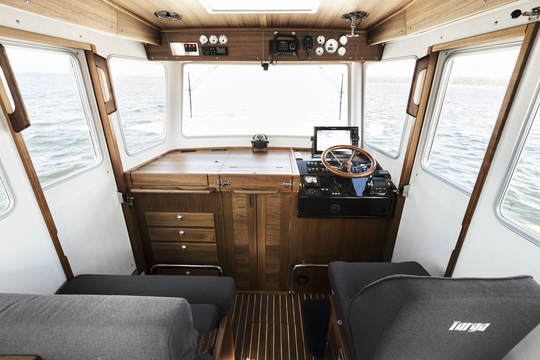
With a sleeping capacity for 4 people, it approaches 46 knots in top speed with a 2*300 hp Suzuki outboard engine, or about 40 knots in its inboard version.
Customizable boats
A Targa benefits from a high level of customization. Each customer is able to choose a large number of modifications or options. As all the elements of the boat are manufactured in-house, this method of production allows the customer to benefit from a vast choice in the design of his boat.
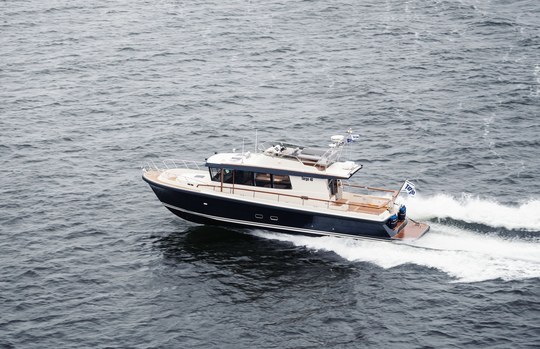
There are no less than twenty versions per model, the main modifications being the layout of the cabins, the presence or not of a steering position on the fly or the presence of a rear door opening onto the bathing platform.

Popular with seafood professionals
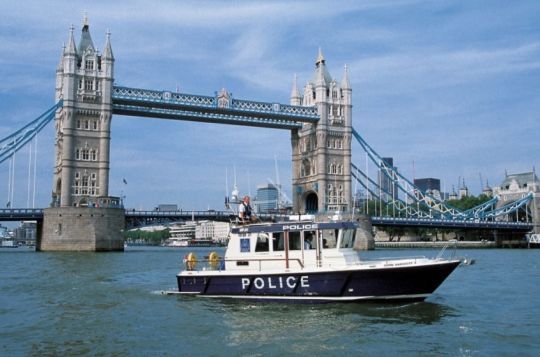
Their marine qualities are recognized by a large number of institutions and professionals of the sea, who use them daily whatever the conditions. Police, military or offshore industries, Targa boats work all year round. It is also not uncommon to see them at the start of ocean races, as they are one of the few units capable of keeping up with the pace imposed by an ocean racing yacht.

 /
/ 